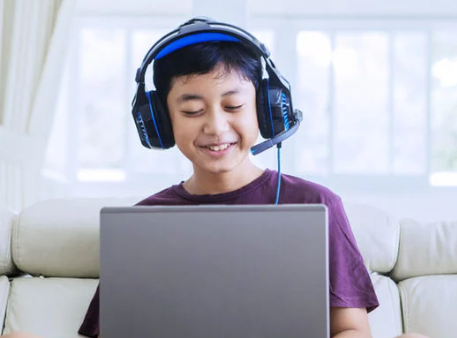I have always been of the thought that appropriate First Aid training should be compulsory for everyone, regardless of which sector you work in.
Of course, it is compulsory for the vast majority of organisations to be properly qualified and I understand that it isn’t everyone’s cup of tea. I blame the trainer/teacher in that case however. I have always thoroughly enjoyed the training but I blame the teacher for that too.
My first experience in first aid training came when I was working as a Manager at a Virgin Active gym in my early 20’s. It was a 5 day course and was titled ‘Emergency Responder’. It was essentially a First Aid at Work qualification with water rescues as an added element due to our gym having a pool. On day 1 our trainer entered the room and immediately fell to the floor and started convulsing so energetically that his body was leaving the floor with each movement. Everyone was in shock. His glasses and clipboard had flown metres away from his body. He laid there for a few moments and then stood up calmly. Whilst getting his breath back he explained that he was imitating a seizure, and that incidents like this happen with no warning. We were all still a bit in shock and although it might seem a bit over dramatic, I was focused and poised to learn everything he was going to teach.
It was an amazing week and it gave me such a solid foundation that every course since I have thought back to what I learned then which is now over 15 years ago. I have also felt confident enough to stand up and help if someone is in need.
One such incident that I remember: I was on a tram a few years ago and an elderly man collapsed. The tram was full and he had been unable to get a seat. I was at the back and hadn’t seen it happen but could see a commotion in front of me. When I realised that everyone was crowded over him, I squeezed through the crowd and said that I was a first aider. People let me pass and one person even helped me get to him. I felt appropriately qualified and experienced enough to help. I raised his legs over my bent knee and asked someone to call an ambulance. One had already been called by the driver. Once his legs were raised, the man was conscious again and whilst he was a little bit confused. He explained that he had low blood pressure. Everyone except for me and the “casualty” was told to leave the tram and the driver of the Tram continued into Wimbledon where the paramedics were waiting on the platform. They came on and thanked me and I walked into school. I felt so happy that I had managed to help him but aside from writing about it now, I don’t think I have told anyone. I wonder how he is getting on now and if he remembers? I didn’t do anything special at all, anyone could have taken charge and helped. I don’t think I would have though without the training and it might be why no one else seemed to help before I got there. It is why I think everyone should at least a basic understanding of first aid.
Fast forward to August 2021 and I am refreshing my knowledge on a 2 day Full Paediatric First Aid course run by the well known provider Tigerlily First Aid Training. Things do change and that is why it is important you stay up to date as some of the changes can be quite significant. This was also the first paediatric course I had taken and whilst some elements were aimed at protecting colleagues and adults. The majority was of course aimed at helping children.

I really enjoyed the course and I would recommend them as a provider. Day 1 was an online theory course that takes around 6 hours to complete. Everything from bee stings to electric shock was covered. Day 2 was in person and covered a lot of the Day 1 topics but with practical demonstrations and participation. Our trainer didn’t enter the room and begin bouncing off the floor, imitating a fit. He had a different style, but was able to use his experience of previous incidents to back up the theory that the course was covering. It adds that element of ‘this could actually happen’ when the person in front of you says they have seen this or dealt with something we are covering. Many thanks to Vic our trainer and to Tigerlily for putting on such an excellent course.

Performing CPR on Annie in August 2021 Course
On all of our code camps and courses there will always be a first aider on hand. More than likely, that will be me. But if it isn’t they will be appropriately qualified and experienced enough to ensure the safety of everyone on the course.








